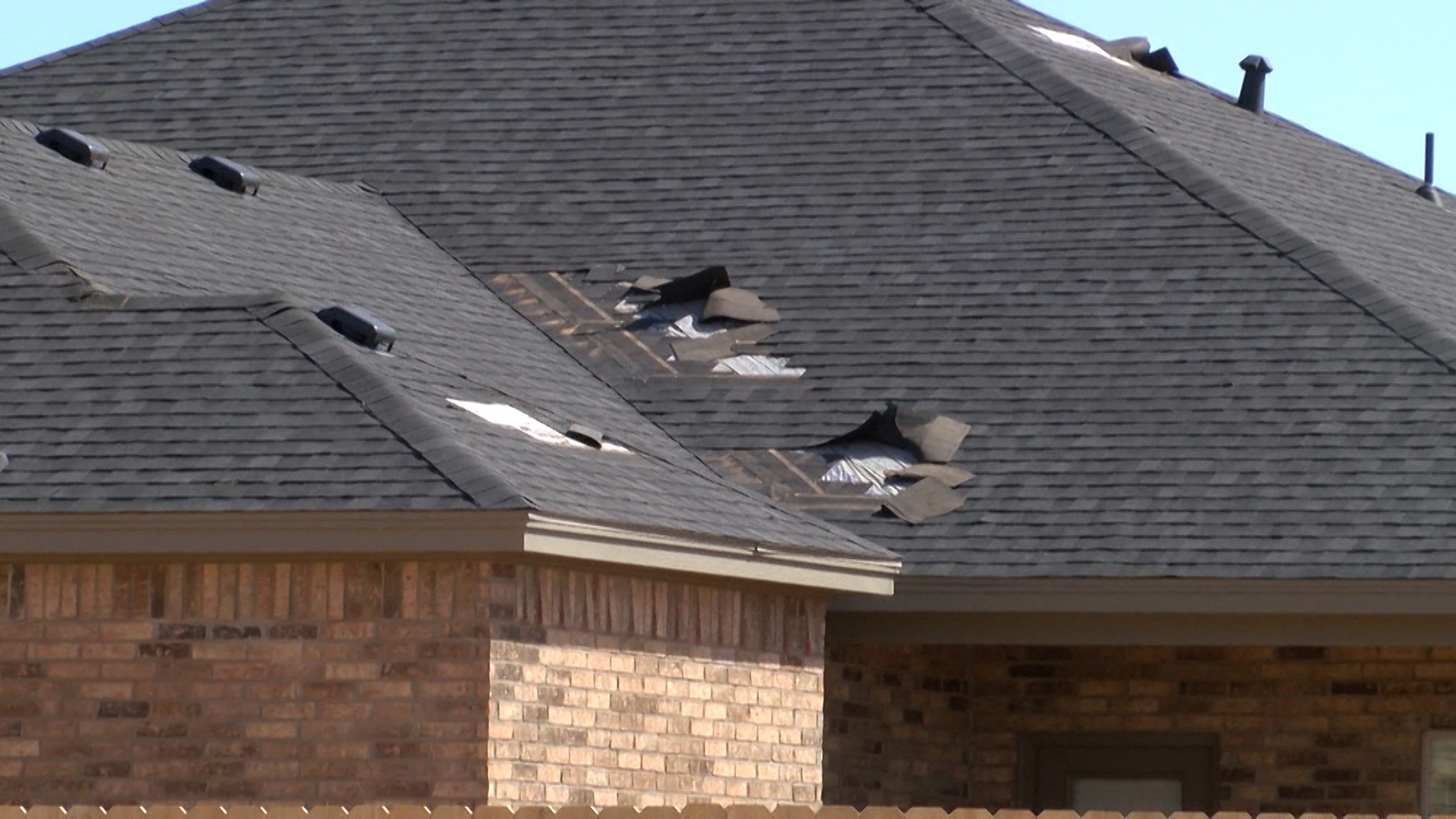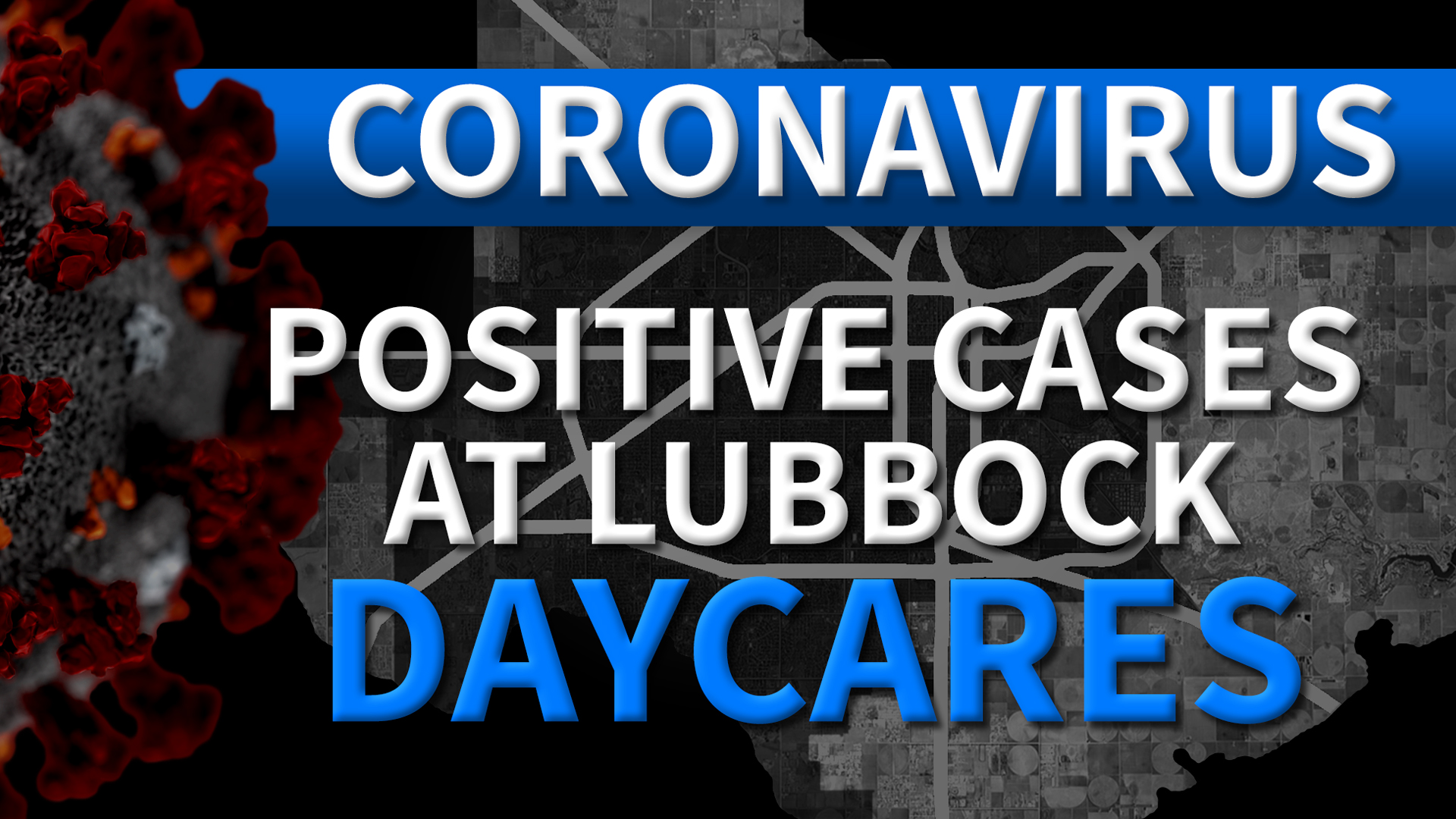WASHINGTON (WLNS) – According to the National Chicken Council, Americans will consume more than 1.4 billion chicken wings during the Super Bowl.
This season a winning recipe includes being careful to avoid putting your guests at risk for foodborne illness.
Huddle up with the U.S. Department of Agriculture’s Food Safety and Inspection Service’s game plan to avoid getting sick this Sunday.
Handoff: Remember to wash your hands, in a recent USDA study, participants who attempted to wash their hands failed 99 percent of the time, not following all the steps of correct handwashing.
Defensive strategy: Make sure you wet your hands with running water and lather them with soap for a full 20 seconds then rinse and dry with a clean towel or paper towel.
Play action: USDA research found that washing or rinsing poultry or other meats greatly increases the spread of germs because of a greater chance of cross-contamination by splashing bacteria onto kitchen surfaces and other food items being prepared. The only way to kill bacteria is to cook meat and poultry to a safe internal temperature. Whole cuts of meat should reach 145 °F, with a three-minute rest time, and chicken wings should reach at least 165 °F. Take the temperature of multiple wings, in the thickest part of the wing, being careful to avoid touching the bone, which can change the reading.
Special Teams: When you’re shopping at the grocery store, keep raw meat, poultry, eggs and seafood in separate plastic bags to prevent their juices from dripping onto other foods. Always remember to use separate cutting boards, for fresh fruits or vegetables and another one for raw meats. Be sure to keep raw meats away from ready-to-eat foods.
Halftime: Throughout the game, keep hot foods hot and cold foods cold. Keep hot foods above 140 °F in a slow cooker or chafing dish or keep half of the food on the table and the other in a warm oven. Keep cold foods at 40 °F or below by placing salads, dips and salsa in a tray of ice. If serving food throughout the game, keep two separate portions on hand for easy swapping. Serve one portion as the game starts and keep another portion in the refrigerator or oven to set out after halftime to prevent dangerous bacteria from growing.
Red zone: Most bacteria grow rapidly at temperature between 40 °F and 140 °F, also known as the Danger Zone, so do not leave food sitting out at room temperature for more than two hours. Before those two hours are up, place small portions of leftovers in shallow containers and refrigerate them. When you’re reheating leftovers, make sure they reach 165 °F.
Booth review: If you have questions, contact the USDA’s Meat and Poultry Hotline at 1-888-674-6854 to talk to a food safety expert

This Super Bowl Sunday, don’t fumble with foodborne illness
by: Ronnie Das
Posted:
Updated:
















